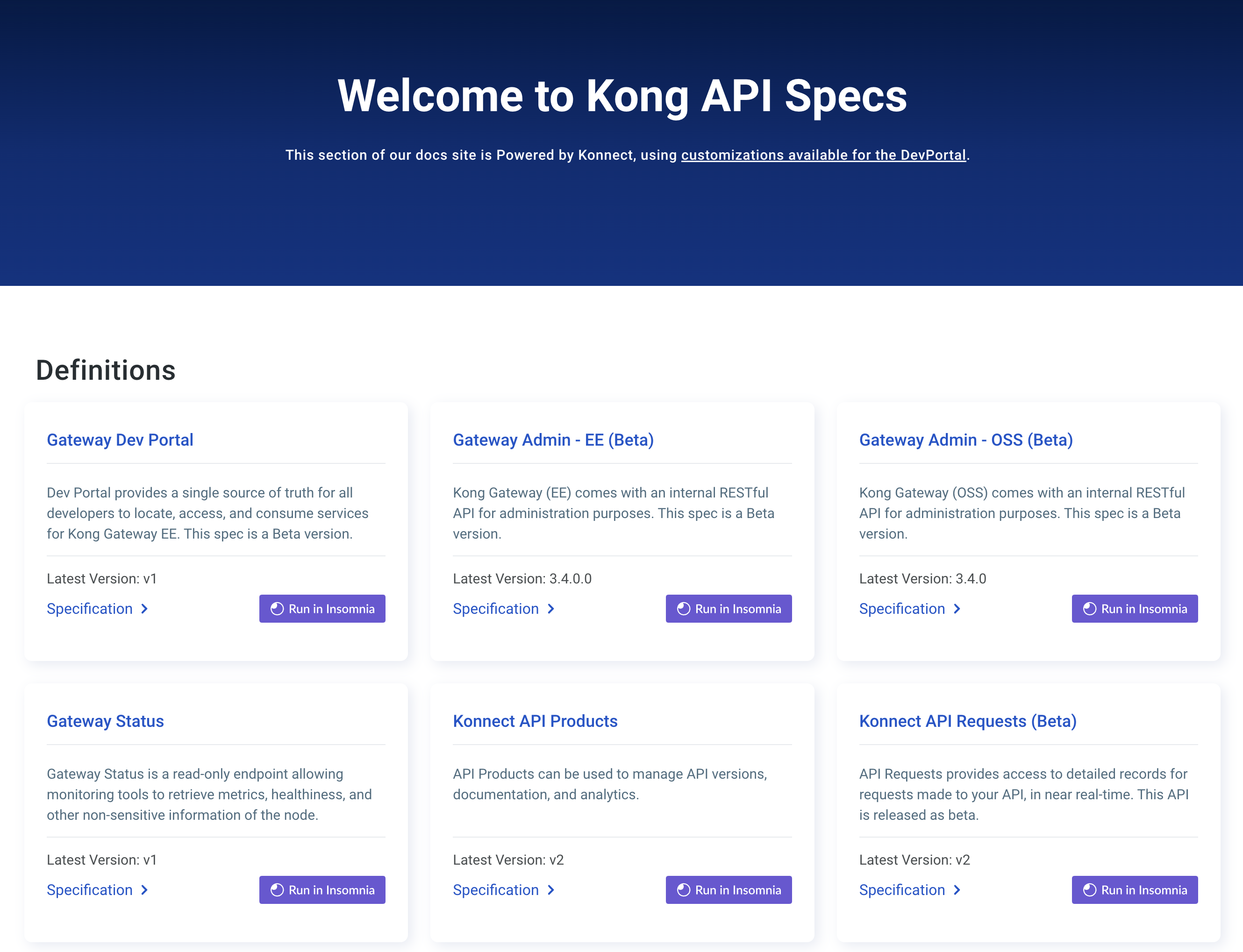このページは、まだ日本語ではご利用いただけません。翻訳中です。
Prerequisites
- Create a service and a route.
- Start a Redis-Stack instance in your environment.
- Redis-compatible databases (for example, MemoryDB) are not supported
- PgVector is supported
You can now create the AI RAG Injector plugin at the global, service, or route level, using the following examples.
Examples
The following examples show how to configure the AI RAG Injector plugin, and the expected behavior when making requests.
1. Configure the AI RAG Injector plugin
Configure the AI RAG Injector plugin with the AI Proxy Advanced plugin:
_format_version: '3.0'
services:
- name: ai-proxy
url: http://localhost:65535
routes:
- name: openai-chat
paths:
- /
plugins:
- name: ai-proxy-advanced
config:
targets:
- logging:
log_statistics: true
route_type: llm/v1/chat
model:
name: gpt-4o
provider: openai
options:
max_tokens: 512
temperature: 1.0
- name: ai-rag-injector
id: 3194f12e-60c9-4cb6-9cbc-c8fd7a00cff1
config:
inject_template: |
Only use the following information surrounded by <CONTEXT></CONTEXT>to and your existing knowledge to provide the best possible answer to the user.
<CONTEXT><RAG RESPONSE></CONTEXT>
User's question: <PROMPT>
fetch_chunks_count: 5
embeddings:
auth:
header_name: Authorization
header_value: Bearer <openai_key>
model:
provider: openai
name: text-embedding-3-large
vectordb:
strategy: redis
redis:
host: <redis_host>
port: <redis_port>
distance_metric: cosine
dimensions: 768
2. Ingest content to the vector database
Before feeding data to AI Gateway, split your input data into chunks using a tool like langchain_text_splitters. Then, you can feed the split chunks into AI Gateway using the Kong Admin API.
The following example shows how to ingest content to the vector database for building the knowledge base. The AI RAG Injector plugin uses the OpenAI text-embedding-3-large model to generate embeddings for the content and stores them in Redis.
curl localhost:8001/ai-rag-injector/3194f12e-60c9-4cb6-9cbc-c8fd7a00cff1/ingest_chunk \
-H "Content-Type: application/json" \
-d '{
"content": "<chunk>"
}'
3. Make a AI request to the AI Proxy Advanced plugin
Once vector database has ingested data and built a knowledge base, you can make requests to it. For example:
curl --http1.1 localhost:8000/chat \
-H "Content-Type: application/json" \
-H "Authorization: Bearer $OPENAI_API_KEY" \
-d '{
"messages": [{"role": "user", "content": "What is kong"}]
}' | jq
4. Debug the retrieval of the knowledge base
To evaluate which documents are retrieved for a specific prompt, use the following command:
curl localhost:8001/ai-rag-injector/3194f12e-60c9-4cb6-9cbc-c8fd7a00cff1/lookup_chunks \
-H "Content-Type: application/json" \
-d '{
"prompt": "the prompt to debug",
"exclude_contents": false
}'
To omit the chunk content and only return the chunk ID, set exclude_contents to true.
Update content for ingesting
If you are running Kong Gateway in traditional mode, you can update content for ingesting by sending a request to the /ai-rag-injector/:plugin_id/ingest_chunk endpoint.
However, this won’t work in hybrid mode or Konnect because the control plane can’t access the plugin’s backend storage.
To update content for ingesting in hybrid mode or Konnect, you can use a script:
- Retrieve the ID of the AI RAG Injector plugin that you want to update.
-
Copy and paste the following script to a local file, for example
ingest_update.lua:local embeddings = require("kong.llm.embeddings") local uuid = require("kong.tools.utils").uuid local vectordb = require("kong.llm.vectordb") local function get_plugin_by_id(id) local row, err = kong.db.plugins:select( {id = id}, { workspace = ngx.null, show_ws_id = true, expand_partials = true } ) if err then return nil, err end return row end local function ingest_chunk(conf, content) local err local metadata = { ingest_duration = ngx.now(), } -- vectordb driver init local vectordb_driver do vectordb_driver, err = vectordb.new(conf.vectordb.strategy, conf.vectordb_namespace, conf. vectordb) if err then return nil, "Failed to load the '" .. conf.vectordb.strategy .. "' vector database driver: " .. err end end -- embeddings init local embeddings_driver, err = embeddings.new(conf.embeddings, conf.vectordb.dimensions) if err then return nil, "Failed to instantiate embeddings driver: " .. err end local embeddings_vector, embeddings_tokens_count, err = embeddings_driver:generate(content) if err then return nil, "Failed to generate embeddings: " .. err end metadata.embeddings_tokens_count = embeddings_tokens_count if #embeddings_vector ~= conf.vectordb.dimensions then return nil, "Embedding dimensions do not match the configured vector database. Embeddings were " .. #embeddings_vector .. " dimensions, but the vector database is configured for " .. conf.vectordb.dimensions .. " dimensions.", "Embedding dimensions do not match the configured vector database" end metadata.chunk_id = uuid() -- ingest chunk local _, err = vectordb_driver:insert(embeddings_vector, content, metadata.chunk_id) if err then return nil, "Failed to insert chunk: " .. err end return true end assert(#args == 3, "2 arguments expected") local plugin_id, content = args[2], args[3] local plugin, err = get_plugin_by_id(plugin_id) if err then ngx.log(ngx.ERR, "Failed to get plugin: " .. err) return end if not plugin then ngx.log(ngx.ERR, "Plugin not found") return end local _, err = ingest_chunk(plugin.config, content) if err then ngx.log(ngx.ERR, "Failed to ingest: " .. err) return end ngx.log(ngx.INFO, "Update completed") -
Run the script from your Kong instance:
kong runner ingest_api.lua <plugin_id> <content_to_update>












